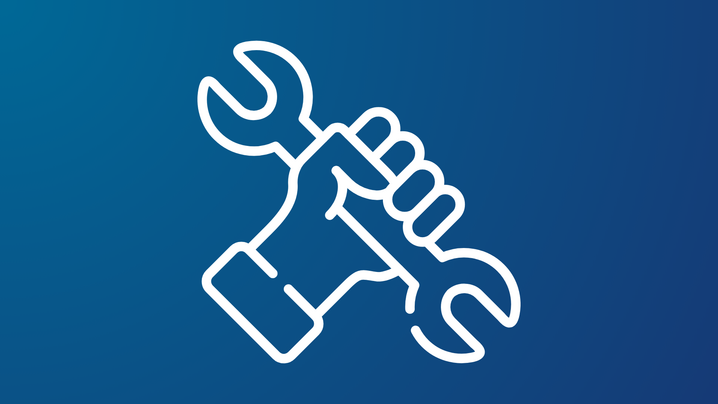SAP HANA
SAP HANA is an in-memory database and software platform from SAP. Thanks to its in-memory technology, SAP HANA offers a huge performance boost compared to traditional database systems.
SAP HANA explained simply
SAP HANA is an in-memory database and software platform from SAP. Thanks to in-memory technology, SAP HANA offers a huge performance boost over traditional database systems. Find out exactly what's behind it, what advantages it offers and how your company can benefit from it in our wiki article.

The core technology: in-memory database
SAP HANA is based on in-memory technology, which enables queries and analyses to be executed almost in real time. An in-memory database is characterised by the fact that data is stored directly in the working memory (RAM) instead of on hard disks. Data can be retrieved from the working memory much faster than from a hard disk.
Advantages of in-memory technology
- Speed: According to SAP, up to 3600 times faster than conventional database solutions
- Real-time processing: Queries can be answered in less than a second
- Efficiency: Reduced storage requirements thanks to advanced data compression and avoidance of data duplication through indices
The SAP HANA DB is column-oriented, which means that groups of related information are stored in columns rather than rows. This allows similar data to be queried and analysed much more quickly.
| Storage Type | Description | Advantage |
| Row-based | Classic method, data is stored row by row | Good for fast transaction processing |
| Column-based | Data is stored column-wise | Optimised for analysis and aggregation of large amounts of data |
The architecture of SAP HANA
SAP HANA is not just a database, but a comprehensive platform with various functions:
- Database management – Real-time management of large amounts of data
- Application development – Development of SAP and third-party apps
- Data integration – Connection of SAP HANA with other systems
- Advanced analytics – Support for machine learning and big data
Benefits of SAP HANA at a glance
In addition to processing data in near real time, SAP HANA offers numerous other advantages:
- Versatility: Transaction and analysis processing can be mapped in a single system
- Flexibility: Can be deployed in the cloud, in hybrid models or on-premise
- Security: High data protection standards and comprehensive access controls
- Intelligence: Additional applications possible, for example in the area of business intelligence
SAP HANA in practice
SAP HANA is used in many industries, from finance to logistics. Some use cases include:
What does the future hold?
SAP HANA is constantly evolving and opening up new potential for businesses. With SAP HANA Cloud, companies benefit from even greater scalability and cost efficiency. Future developments, such as AI-powered analytics and quantum computing, could further increase the performance of SAP HANA.
SAP HANA licence models and migration from Any-DB
SAP HANA is licensed in various models, depending on company requirements and specific application scenarios. Customers can choose between an on-premise licence, a cloud-based subscription or a hybrid solution. With the gradual end of support for Any-DB (i.e. databases other than SAP HANA), SAP is increasingly focusing on its own in-memory database. Companies that wish to continue using SAP applications must migrate to SAP HANA in good time to ensure continued support and updates from SAP.
In principle, companies must switch to SAP HANA or SAP HANA Cloud by 2027 at the latest in order to continue receiving full support from SAP. For customers with Extended Support, the deadline can be extended to 2030. At the beginning of 2025, SAP confirmed that an extension of the S/4HANA migration deadline until 2033 is possible for some customers under certain conditions. However, this only applies to companies that conclude a RISE with SAP private cloud contract. In addition, all relevant systems must be migrated to the HANA database by the end of 2030.
Conclusion
SAP HANA is more than just a database – it is a transformative technology for companies that want to increase their competitiveness with real-time data analysis and intelligent automation. Whether in the cloud or on-premise, SAP HANA offers flexibility, security and performance for the digital future.
Would you like to find out more? Contact our SAP consultants for a customised analysis and roadmap for your SAP HANA transformation.






